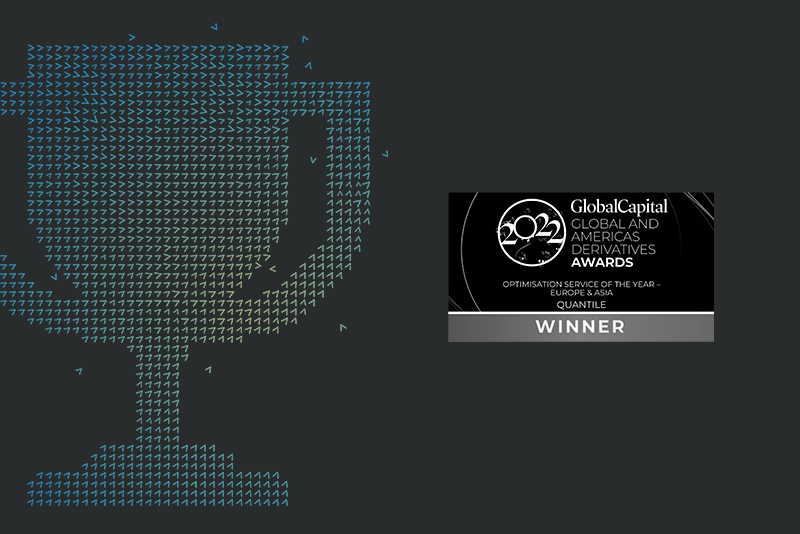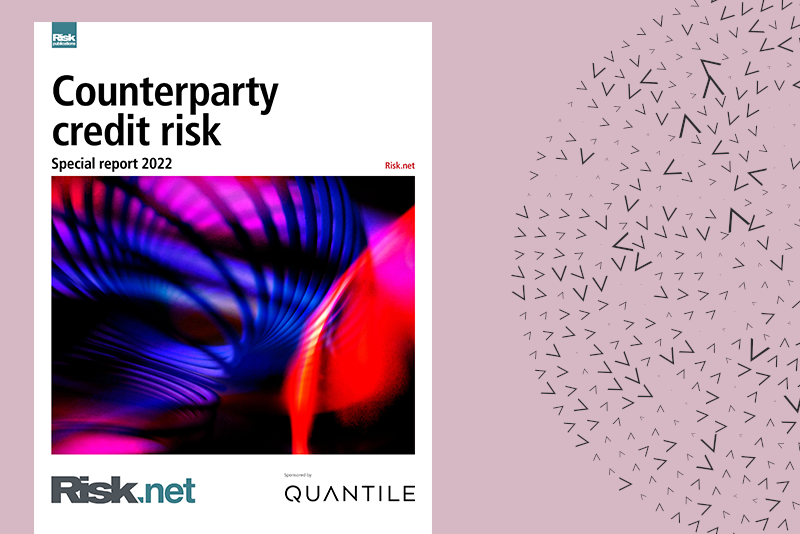USD LIBOR Conversion
The countdown to conversion is on
Following almost five years of preparation, all non-USD LIBOR fixings ceased publication at the end of 2021.
London Clearing House (LCH) converted all CHF, JPY, EUR and GBP LIBOR SwapClear contracts to risk-free rates (RFRs) over two weekend events in December. This efficient, centralised approach ensured that clearing members were left with market standard RFR contracts and avoided the complications of conversion via the implementation of fallbacks on the date of cessation.
Whilst this milestone was achieved with minimum market disruption thanks to careful planning and preparation, the biggest transition challenge – the cessation of all remaining USD fixings on the 30 June 2023 – lies ahead of us.
LCH are planning a two-stage conversion of cleared USD LIBOR swaps in April and May 2023. The April event will convert a subset of more complex products, including zero-coupon swaps, variable notional swaps, and Fed Funds basis swaps. The May event will convert plain vanilla IRS, SOFR basis swaps, and LIBOR tenor basis swaps.
With a year to go, we have seen significant progress – SOFR swaps now account for 80% of the interest risk traded in USD swaps markets;1 ISDA’s fallback protocol has been widely adopted and the LIBOR-SOFR spread adjustments for the fallback have been set; CCPs are planning conversion events next spring; and federal LIBOR legislation has been enacted.
But usage of LIBOR in USD far exceeds that of other currencies. Last year the ARRC estimated that over $200 trillion of contracts referenced USD LIBOR.2 The user base of USD LIBOR is also far more diverse and international. So there’s a lot of work to do over the next 12 months to ensure the transition to RFRs is as smooth as possible.
What have we learnt from currencies which have already transitioned?
The biggest lesson we’ve learnt is that the transition is feasible. A further extension of the timeline for USD LIBOR is not on the cards and so LIBOR will cease on 30 June 2023.
Download your factsheet
We also know that the LCH has amended their approach in the USD LIBOR conversion. The non-USD conversion included a pre-emptive splitting of basis swaps to create a homogeneous set of IRS going into conversion. This step has been eliminated for the USD transition in order to avoid the associated increase in trade count and notional.
Despite the plan to split conversion over two weekends and eliminate splitting of basis swaps, LCH estimate that 500,000 contracts will be converted3 – over double the converted trades in the GBP conversion.
In addition, the conversion process will add a new overlay trade for each converting LIBOR leg, and zero-coupon swaps will be converted into two new trades. The overlay trade will be a single basis swap for clearing member accounts, but will take the form of two outright swaps for client clearing accounts. So converting trades will generate two or three new trade bookings.
Taking converted trades and overlays together, we estimate that up to 1,200,000 new trades will be booked across the two conversion tranches, with up to 950,000 in May alone. The booking of this elevated volume of SOFR OIS and basis swap contracts will strain human and system capacity at the point of conversion. Therefore, the biggest remaining challenge is operational.
A benefit of the mid-2023 cessation date and lack of mandatory basis swap split is that any increase in portfolio size can be managed before year end, nullifying the impact to GSIB scores. However, the increased portfolio size immediately post conversion could also strain the daily reporting process on an ongoing basis, as mandated reporting and control procedures for legacy LIBOR trades will require material manual effort on a per trade basis (including for internal LIBOR-involved trades). Finally, there are financial implications to be aware of as LCH has announced conversion fees of $30 per trade converted.
The resultant operational and reporting burdens, and LCH fees all lead to the need to reduce populations of internal LIBOR trades as well as those converting at CCPs.
Banks need to act now by implementing proactive transition steps in the lead-up to cessation so they can save money, time and minimise the risk of business disruption.
Continue reading and discover how Quantile can aid the transition from USD LIBOR by downloading our factsheet.
Download your factsheet
Related Content

Quantile wins Optimisation Service of the Year for the third year running

Risk.net special report – featuring Quantile’s award winning optimisation service
